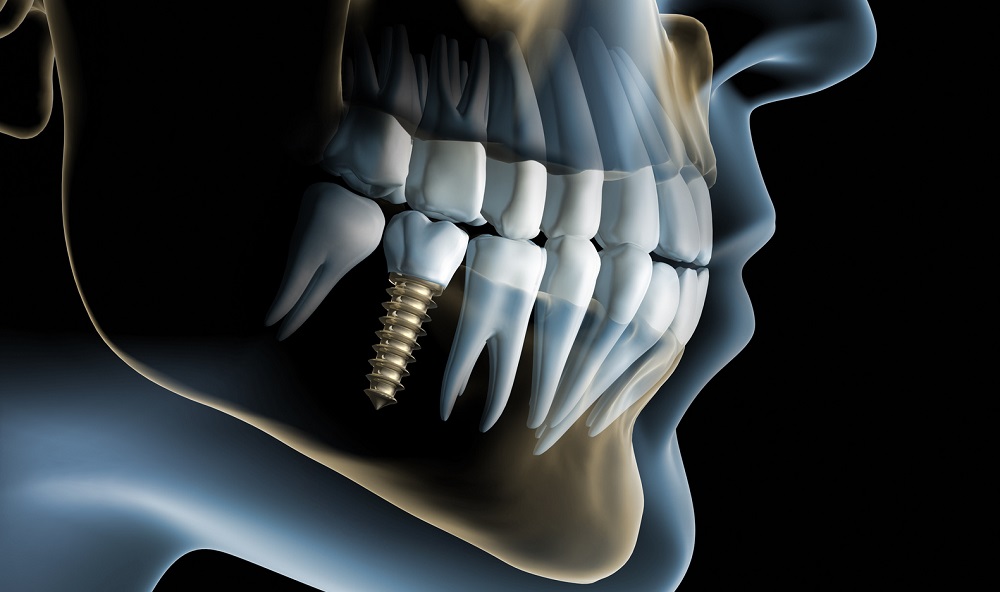
Oral, Dental and Maxillofacial Diseases and Surgery is a branch of surgery that deals with the diagnosis and treatment of diseases, injuries and deformities of the mouth, teeth and jaws.
Some abnormal situations in people’s jawbone, teeth or gums can only be resolved with a surgical intervention. Surgical interventions that must be performed on the mouth, teeth and jawbone are mandatory and necessary interventions for the continuity of the person’s oral and dental health.
Simple tooth extraction is the technique used to extract teeth that appear in the mouth. It is performed under local anesthesia. In simple tooth extraction, the tooth is held with the help of a tool. Before the tooth is extracted, it is loosened by back and forth movements. This movement can sometimes be done with the help of a tool that goes between the tooth and the gum. Thus, the tooth is pulled with the least trauma.
Surgical extraction, on the other hand, is a technique used for extraction of teeth that cannot be seen easily in the mouth, that are broken at the gum border or have not grown. In some cases, there may be bone on the tooth that needs to be removed. The tooth to be extracted may need to be removed after it is divided into sections. In these cases, surgical extraction is applied. The procedure can be performed with local anesthesia as in normal extraction. The gingiva must be opened to reach the tooth. In order to reach the tooth, bone removal is done with Er: YAG.
WITHDRAWAL OF TWENTY-YEAR-OLD TEETH
The last teeth that erupt in our mouth are twenty-year-old teeth. They are also called by this name or wisdom teeth because they usually last in their twenties. In some people, there is no congenital germ of the wisdom teeth. Therefore, the wisdom teeth of these people never erupt. However, sometimes these teeth cause eruption problems even though they occur. There is no place in the jaw or it may be necessary to pull wisdom teeth for various reasons.
WHAT IS ROOT RESECTION
The process of removing the single root of the teeth with a large number of roots, as in the upper molar with three roots, is called root resection. In some cases, it may be necessary to remove the crown (the part of the tooth that can be seen in the mouth) supported by the root to be removed. Root canal treatment is required before the procedure.
STRAIGHTENING THE TUBES
Tubers are round shaped bony protrusions on the back of the last molar tooth in the upper jaw. They are covered with gums. If all your teeth are in your mouth, tubers are usually not a problem for you. However, if you lose your upper teeth and need a prosthesis, the tubers will be drooping from the other parts of your upper jaw, which may cause the prosthesis to be incompatible. It prevents the sealing of a wide tuber prosthesis between the jawbone and the ceiling of the mouth.
APSE and CYST OPERATIONS
Incomplete root canal treatment due to the structure or deformity of the tooth root,
If the instrument is broken during root canal treatment, if the broken instrument must be removed, in order to remove the instrument,
Inability to perform root canal treatment due to the presence of a restoration that cannot be removed on the tooth,
In cases where cysts occur in the root of the tooth,
In cases where the pain of the patient continues despite the root canal treatment,
It is applied in cases where 1/3 of the tip of the tooth root in the bone is broken.
